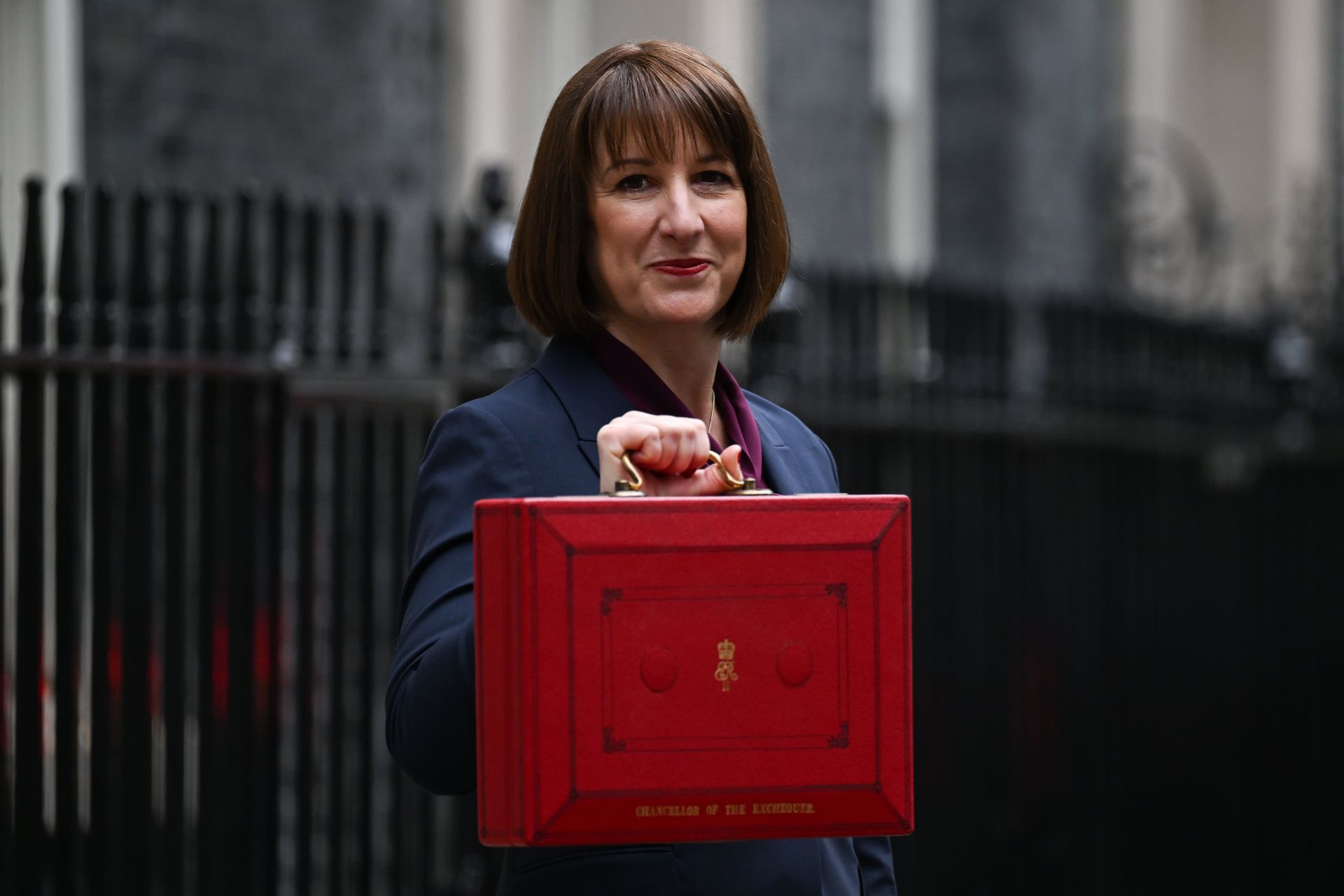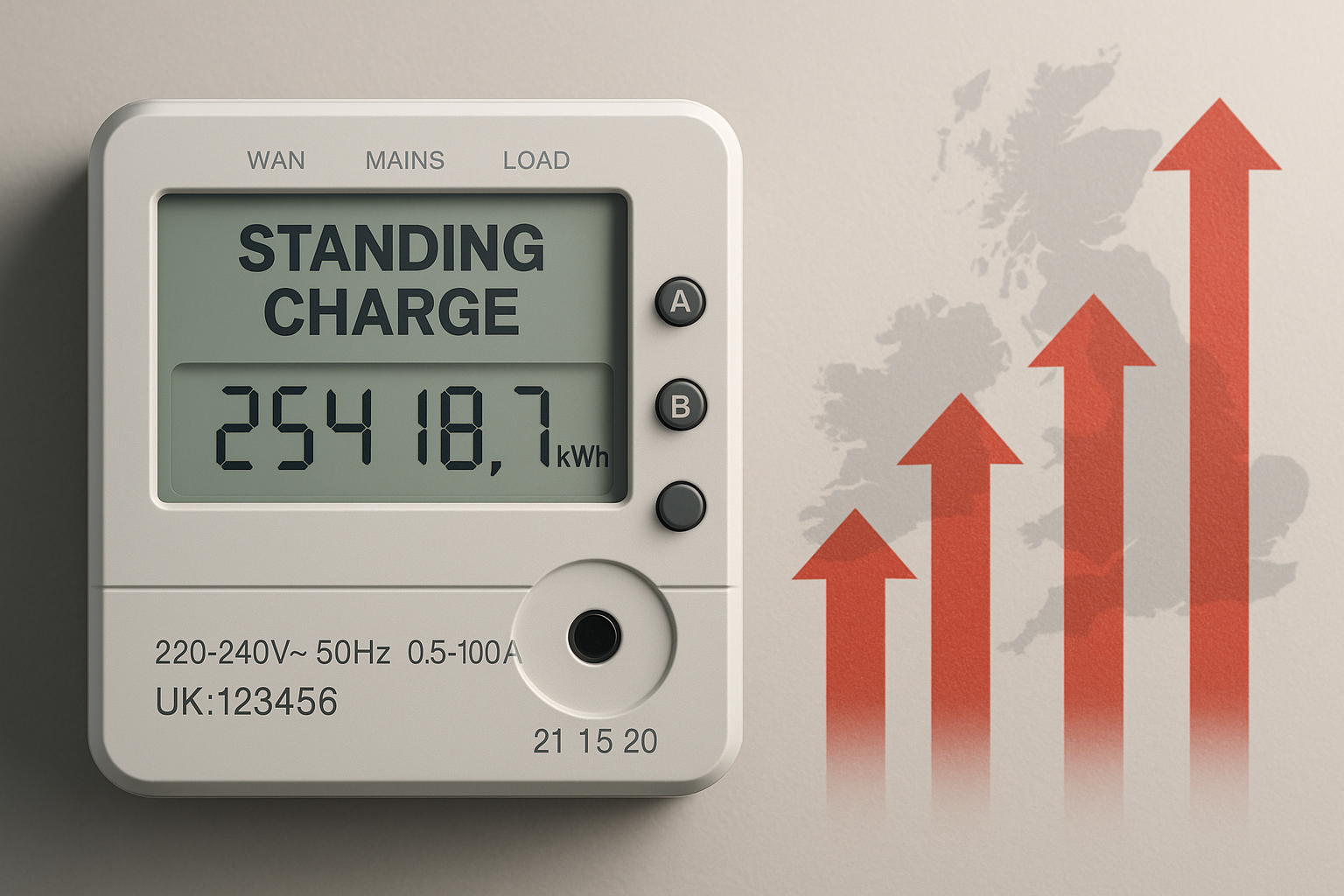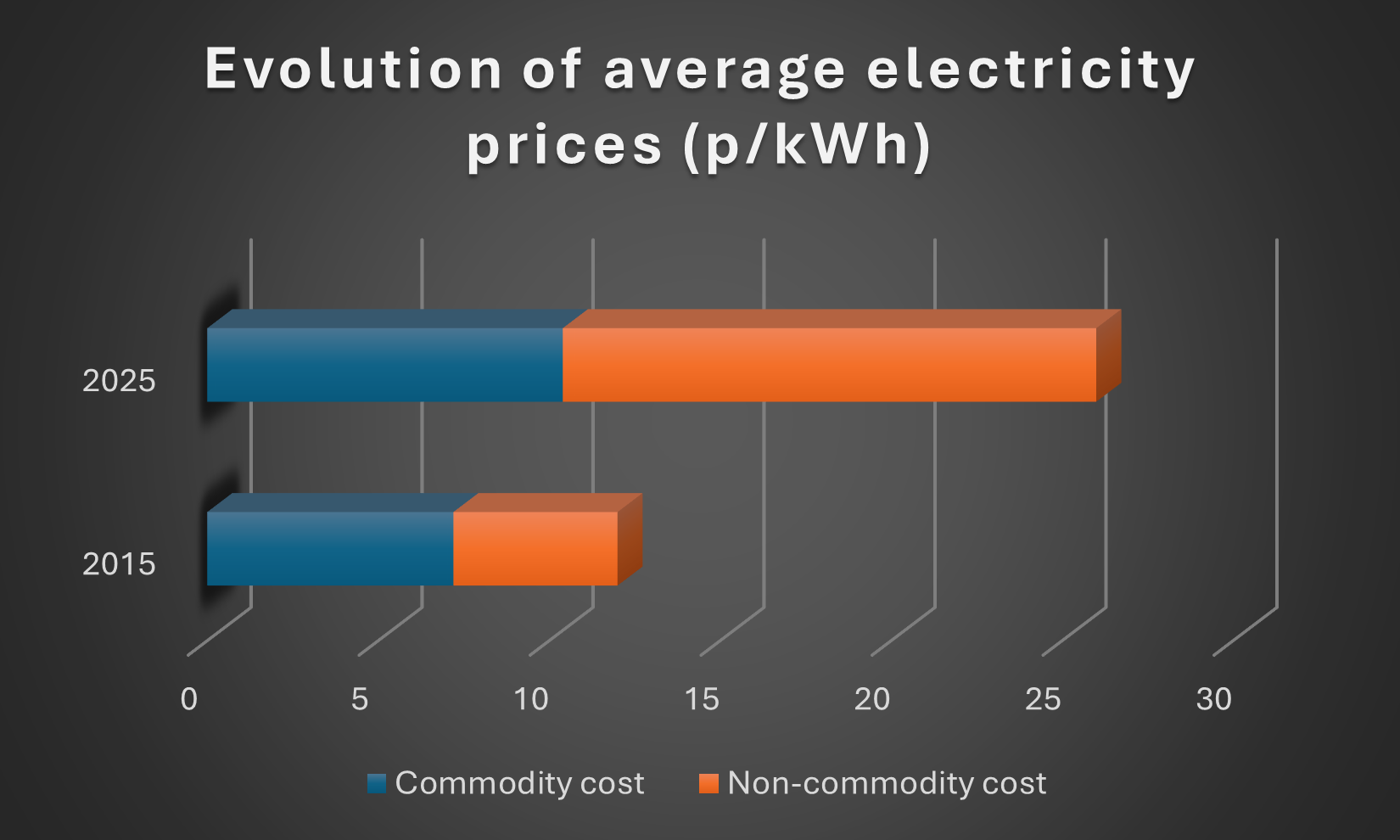April Review
April Review
By Adam Novakovic
The way energy prices were moving throughout April was making a fool out of our previous prediction of prices going down. For the majority of the month prices rose, reaching levels last seen in January. However, towards the end of the month we saw prices for future gas and electricity markets fall back below the levels they started the month at, as prices seem set to drop further. So, what influenced the price movement this month?
There were two main factors driving prices up this month, the first of which being the weather. This April was colder, and significantly wetter, than had been expected. This caused an unanticipated increase in consumption.
The 2nd factor that led to prices rising was outages in Norwegian gas production. The UK imports more gas from Norway than from any other country, and production was disrupted this month due to maintenance taking places at key gas fields.
We also saw the UK and Norwegian governments take steps this month to avoid any future disruptions by committing to improve the security around the pipelines connecting the two nations.
The importing of gas may become even more important going forwards, as it was revealed this month that UK gas production was down almost 10% when compared to the previous year. Although, this can be partly attributed to lower overall demand due to changes in consumption patterns.
Amanda Solloway, the UK Energy Affordability Minister, addressed calls for reducing standing charges, confirming that she had contacted OFGEM regarding the issue. She also announced that companies with fewer than 50 employees are now entitled to receive free help from the Energy Ombudsman when resolving energy disputes.
Internationally, tensions flared as drone strikes were launched on the Ukrainian Zaporizhzhya Nuclear Power Plant. The plant, Europe’s largest nuclear power plant, was targeted on the 7th of April, however, no serious damage was reported and this doesn’t appear to be an ongoing concern.
Conflict in the Middle East remained a talking point, although it seems that any fears in the area appear to be subsiding, and the market doesn’t look to be reacting to news of minor conflicts in the region.
Outlook
Natural gas prices are expected to fall, at least according to the European Commission. Investments made over the previous few years are likely to lead to a period of energy abundance which will lower prices globally. Natural gas prices are a factor in both gas and electricity prices, and any reduction in their prices will be a big positive to energy consumers.
Further positive prognostications came from Cornwall Insight. The business consultant announced that they believe energy prices are set to steadily fall for the remainder of the decade. They significantly lowered their price projections for the coming two years.
This aligns with advice that we have been giving to clients in the past year, as we have been recommending clients only take on short term contracts in order to fully take advantage of falling prices and not to be locked into longer term contracts that may become uncompetitive after their first year.
If you require advice about your upcoming contract renewals and would like to know what type/duration of contract could be best for your business, contact us today to speak to experienced advisors who can help you with bespoke strategies and advice that is tailored to your needs.










